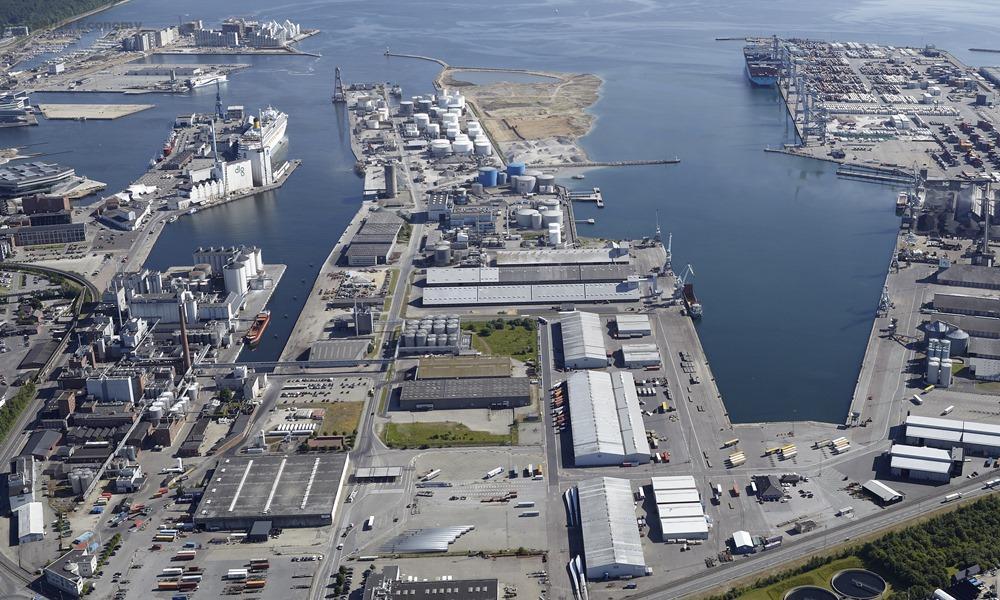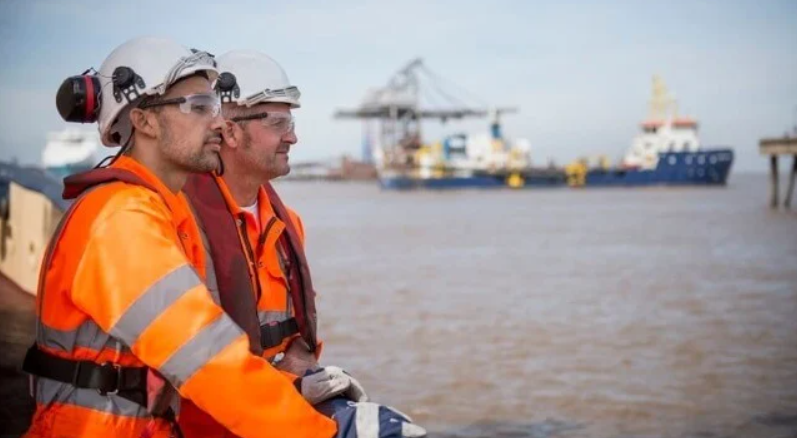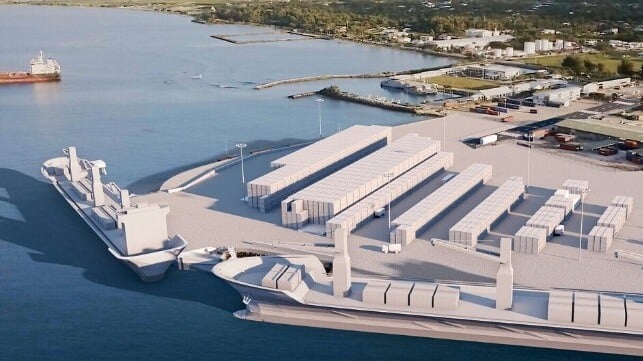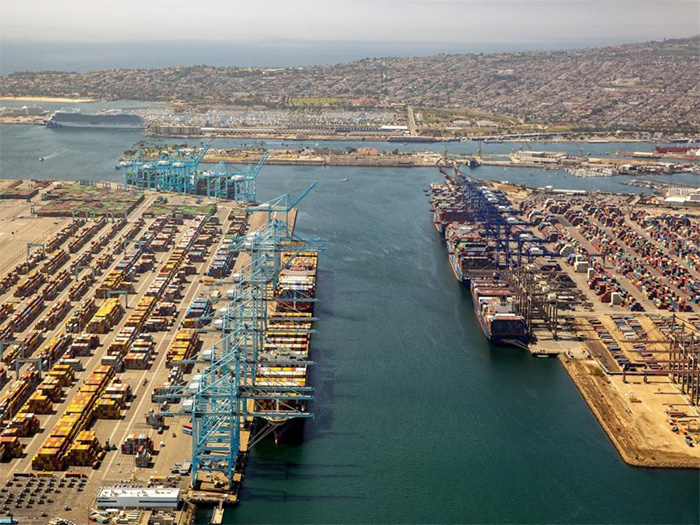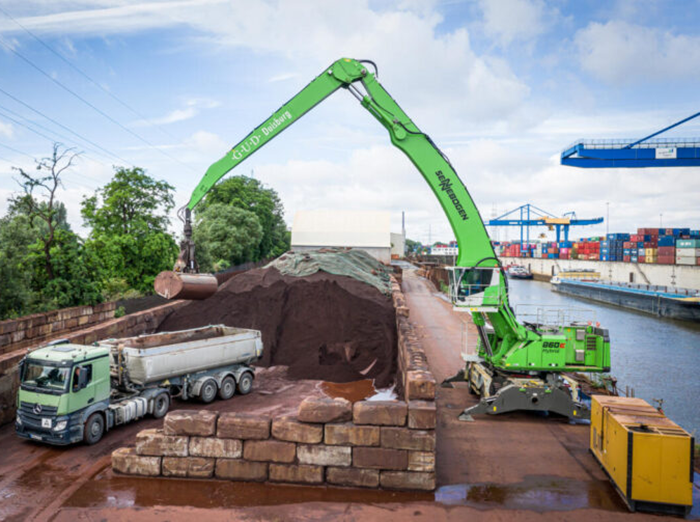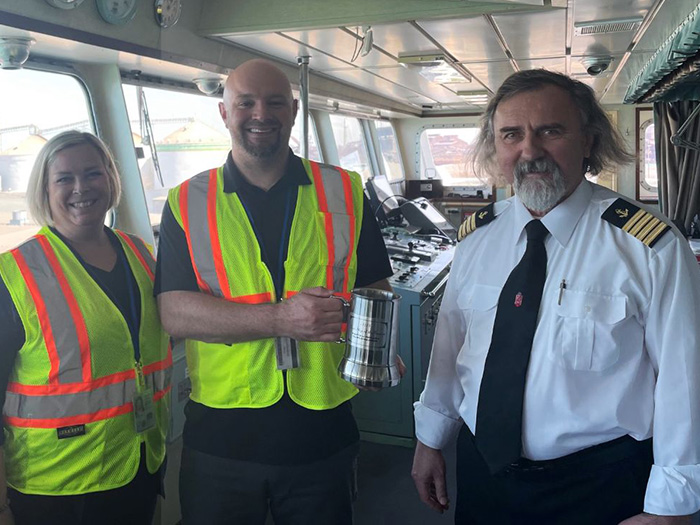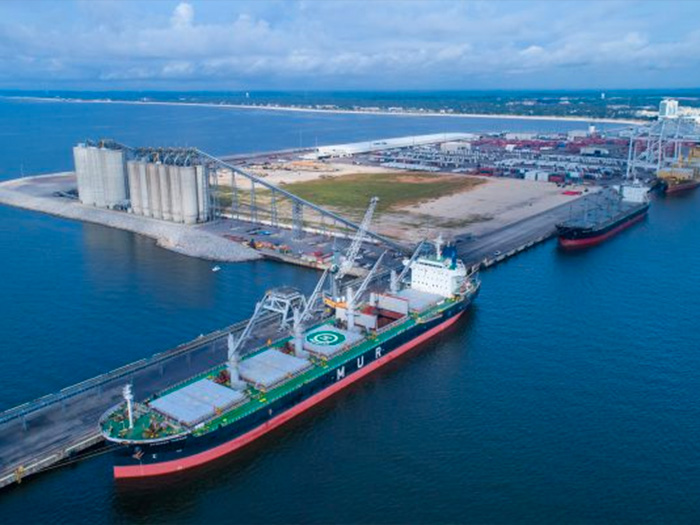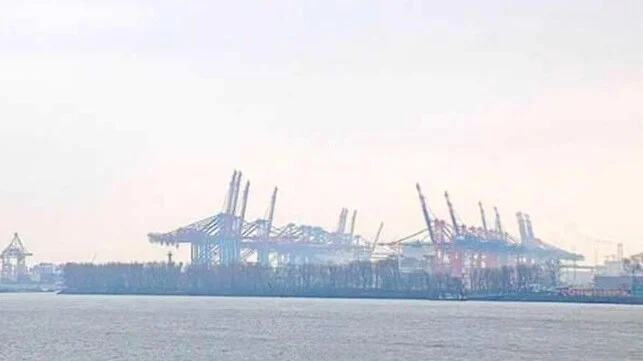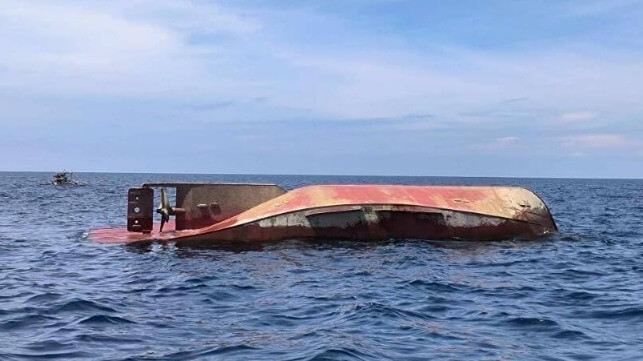The Port of Copenhagen is the largest city in and capital of Denmark. Located on the islands of Amager and Zealand about three kilometers southeast of the Port of Tuborg and 21 nautical miles south-southwest of Sweden’s Port of Helsinborg, the Port of Copenhagen is an important financial and economic center for Denmark and the Scandinavian-Baltic region, with many regional headquarters and distribution centers representing the world’s major international corporations. Over two thousand foreign companies have offices in the Port of Copenhagen. In 2009, over 1.1 million people lived in the Port of Copenhagen, and almost 1.9 million called the metropolitan area home.
Copenhagen Malmö Port AB (CMP) operates the ports in Denmark’s capital Copenhagen and in Sweden’s third largest city, Malmö. The ports are located either side of Øresund, a strait between the two countries. The combined Øresund Region is the Nordic countries‘ largest metropolitan area in terms of population. The region is connected by the Øresund Bridge, which spans the strait at its southern end, and the HH Ferry route between Helsingør, Denmark and Helsingborg, Sweden.
Most ships en route between the Baltic Sea and the North Sea/Atlantic pass through the ports, making the Øresund one of the world’s busiest sounds.
The economy of the Port of Copenhagen is largely based on services, and the life sciences and research and development are important to the economy. The city is home to several major pharmaceutical and biotech companies as well as an information technology sector that employs some 100 thousand workers. The Port of Copenhagen has some of the highest wages in the world as well as some of the highest taxes, making it one of the most expensive cities in Europe.


Port History
In the early 10th Century, the Viking age is a small fishing village called Havn stood at the site of today’s Port of Copenhagen. Archaeological evidence shows that there was a small town there in the 11th Century with a church, a market, a couple of wells, a large estate, and smaller habitations in the area.
By the middle of the 12th Century, the Port of Copenhagen came of age when the town was fortified Absalon, Bishop of Roskilde. Its excellent natural harbor then encouraged the growth of trade and commerce. In fact, the city’s name is derived from “Kopmannaehafn,” meaning merchants’ harbor. In 1254, the Port of Copenhagen received its city charter.


Made capital of Denmark and residence to the royal family in 1445, the Port of Copenhagen was frequently attacked by the Hanseatic League during the period of the Protestant Reformation. When the Protestant Reformation reached the country in 1536, Lutheranism became the official state religion.
Trade flourished during the late 16th Century, and the city grew quickly. In 1583, the world’s oldest amusement park, Bakken, began with the discovery of a natural spring at Dyrehaven. Rides, games, and a restaurant were constructed there. Bakken still exists today. During the reign of King Christian IV from 1588 to 1648, many amazing new buildings arose in the Port of Copenhagen. Some of the new buildings were constructed included the famous Round Tower, the Palace of Rosenborg, the Old Stock Exchange, the Old Citadel, and the Canals of Copenhagen.
In the middle 17th Century, the Port of Copenhagen repelled a two-year siege and assault led by Charles X of Sweden. Under the reign of Christian IV during the 17th Century, the Port of Copenhagen became a significant center for the region. In 1711, the Port of Copenhagen was visited by the Black Death, and nearly one-third of the city’s population died.
In 1728, several terrible fires struck the city, and the Port of Copenhagen was destroyed. By the time the city was reconstructed, the medieval part of Old Copenhagen had completely and permanently changed. The first free hospital in Denmark was opened by King Frederik V in 1757 to celebrate his birthday. In 1775, the famous Royal Copenhagen was established, creating some of the finest porcelain dining ware in the world for the royal family.
In 1801, the Battle of Copenhagen saw the Danish Navy defending the city from the British fleet. During the battle, Lord Nelson reportedly put his telescope “to the blind eye” so that he could not see Admiral Parker’s signal to cease fire. In 1807, the British bombed the Port of Copenhagen in an attempt to control the Danish Navy, and hundreds of people were killed while the city was severely damaged. Losses were great because the Port of Copenhagen continued to rely on an antiquated defense line.
Under the reign of King Frederik VI, the country went bankrupt in 1813, and Denmark had to relinquish Norway, which it had held for over 450 years, to Sweden. In 1819, Denmark’s first steamship, the SS Caledonia, began its route between Kiel and the Port of Copenhagen. In the 1830s, the Port of Copenhagen began to recover from Denmark’s bankruptcy. The famous Carlsberg Brewery was established in 1847 by J.C. Jacobsen.
In the 1850s, the Port of Copenhagen’s old city walls were razed, and the old ramparts were opened, allowing the city to grow beyond its historic boundaries. Before these actions, about 125 thousand people lived in the Port of Copenhagen. By 1870, the population was over 140 thousand. In August 1875, beloved fairy tale writer Hans Christian Andersen passed away, and his funeral at the Port of Copenhagen’s Cathedral, was attended by thousands. In 1880, the steamship SS Thingvalla departed the Port of Copenhagen carrying about 1000 Scandinavian immigrants to New York.
In 1901, the Port of Copenhagen incorporated nearby communities, making the city of Frederiksberg, a community within the city. The Port of Copenhagen’s Town Hall and Square was completed in 1905 with a 107-meter-tall tower that is open to the public. Danish aviation pioneer Jacob Christian Ellehammer set a European record for flight in 1906.
The first ocean-going diesel-powered ship in the world, the M/S Selandia, began her maiden voyage from the Port of Copenhagen to Bangkok in 1912. The vessel was built at Copenhagen’s Burmeister & Wain shipyard. In the same year, A.P. Moller founded the Steamship Company in the Port of Copenhagen. Today, the A.P. Moller-Maersk Group is the world’s largest ship operator operating the world’s biggest container ships, operating over 130 offices around the world.
German troops occupied the Port of Copenhagen and the whole of Denmark during World War II, holding it from 1940 until 1945. In 1943, the Royal Danish Navy sunk several ships in the Port of Copenhagen Harbor to keep German vessels from using the port.
Since the end of World War II, the Port of Copenhagen has continued to grow. Denmark’s first skyscrapers rose in the Port of Copenhagen in the early 1950s. In 1967, the Port of Copenhagen celebrated its 800th Anniversary at a 1300-meter-long coffee table that reached from the Kongens Nytorv to the Town Hall Square, serving more than 80 thousand cups of coffee and tons of Danish pastries.
In 2000, the Port of Copenhagen was connected to Sweden when the Oresund Bridge was inaugurated by Queen Margrethe II and King Carl XVI Gustaf. The amazing bridge stretches some 15.5 kilometers across the Oresund strait and allows passage by rail and vehicles.
Today, the Port of Copenhagen is the largest city in Scandinavia and an important arts and culture center with the longest pedestrian street system in the world. It is an international city with rich educational and commercial sectors, offering some of the highest quality of life standards in the world.
Refernce : World Port Source


